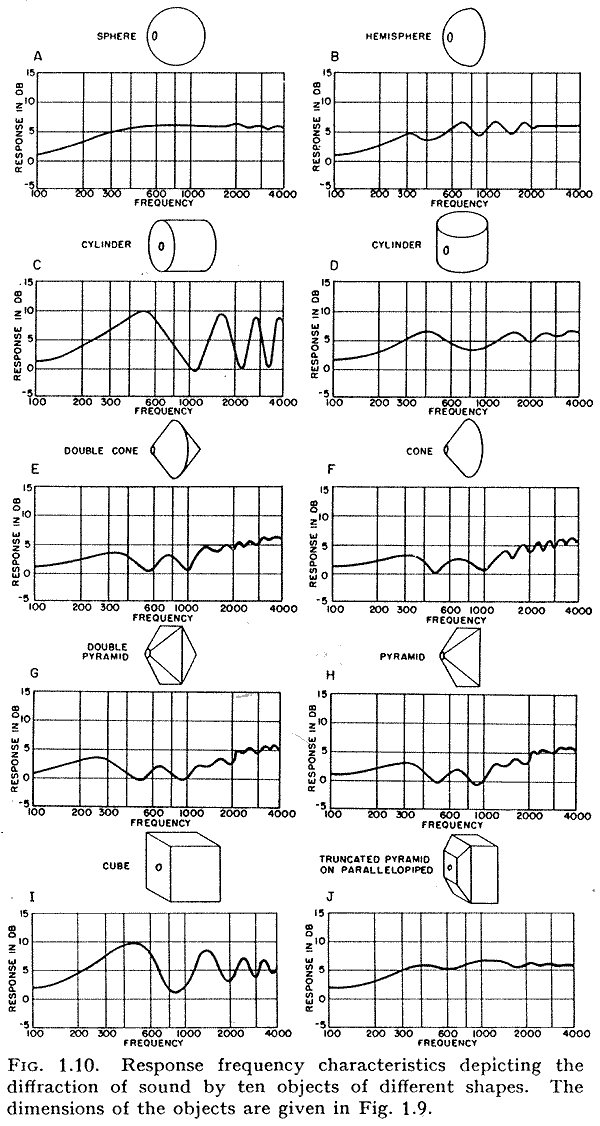Paul , Dave
I am about to start the manufacture of the transmission line box as designed by Paul . I will post pictures for anyone interested . I have one last question regarding the width of the line at 15 inches , is this dimension rigid or can I reduce this to say 14 inches and adjust the depth accordingly to make up the same TL area ?
regards
Clive
I am about to start the manufacture of the transmission line box as designed by Paul . I will post pictures for anyone interested . I have one last question regarding the width of the line at 15 inches , is this dimension rigid or can I reduce this to say 14 inches and adjust the depth accordingly to make up the same TL area ?
regards
Clive
Yes, you can modify line width and depth to suit your needs as long as you keep the same area and taper ratio (within a few percent) of what I modeled. You need to also keep the same line length, woofer center location, stuffing density and stuffing length as modeled.
Paul
Paul
Paul , Dave
I am about to start the manufacture of the transmission line box as designed by Paul . I will post pictures for anyone interested . I have one last question regarding the width of the line at 15 inches , is this dimension rigid or can I reduce this to say 14 inches and adjust the depth accordingly to make up the same TL area ?
regards
Clive
Baffle step is the frequency where the sound starts radiating into a hemisphere rather than a flat plane, it depends on your baffle width (Fbsc =115/baffle width in metres).
How do you end up with the 115 figure? I guess it's one third the speed of sound (345m/s) but why?
The 115 is an empirical number derived from the work of Olson that resulted in this graph.

The formula i use is BS(-3) = 13560/baffle width (in inches). I typically use 0.707 to 1 times that number as the starting range.
Baffle Diffraction Step
dave

The formula i use is BS(-3) = 13560/baffle width (in inches). I typically use 0.707 to 1 times that number as the starting range.
Baffle Diffraction Step
dave